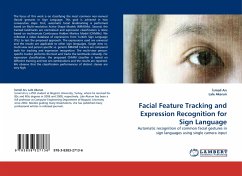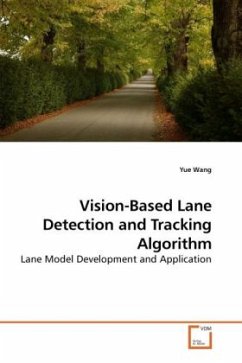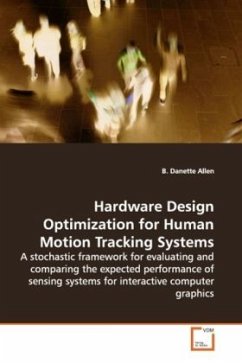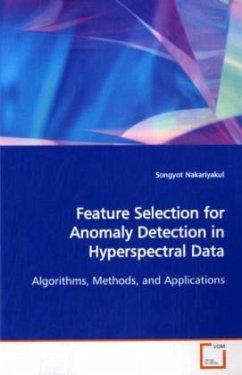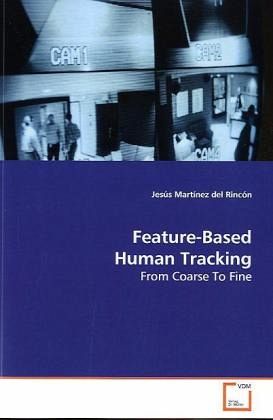
Feature-Based Human Tracking
From Coarse To Fine
Versandkostenfrei!
Versandfertig in 6-10 Tagen
52,99 €
inkl. MwSt.

PAYBACK Punkte
26 °P sammeln!
A robust tracking algorithm is the cornerstone ofhuman motion analysis applications. This bookdescribes the tracking problem from three points ofview: punctual, regional and human pose modelling. Inthe first one, the subject is considered as a compactobject, small and rigid. In the second one, it ispossible to model it as a set of connected regions,each one with its own properties, and which junctionidentifies the subject. The last point of view allowsus to identify the person as a non-rigid object, withmorphologic and dynamic properties which areintrinsically human. Our goal consists in the s...
A robust tracking algorithm is the cornerstone of
human motion analysis applications. This book
describes the tracking problem from three points of
view: punctual, regional and human pose modelling. In
the first one, the subject is considered as a compact
object, small and rigid. In the second one, it is
possible to model it as a set of connected regions,
each one with its own properties, and which junction
identifies the subject. The last point of view allows
us to identify the person as a non-rigid object, with
morphologic and dynamic properties which are
intrinsically human. Our goal consists in the study
and understanding of these three different stages in
which the human being can be modelled, as well as the
selection of the most suitable stage depending on the
application and the problem to be solved. The problem
will set the necessities and impose the limitations
in each time, due to internal factors (multiple
target, occlusions, camera location) or external
factors (cost, technical feasibility).
human motion analysis applications. This book
describes the tracking problem from three points of
view: punctual, regional and human pose modelling. In
the first one, the subject is considered as a compact
object, small and rigid. In the second one, it is
possible to model it as a set of connected regions,
each one with its own properties, and which junction
identifies the subject. The last point of view allows
us to identify the person as a non-rigid object, with
morphologic and dynamic properties which are
intrinsically human. Our goal consists in the study
and understanding of these three different stages in
which the human being can be modelled, as well as the
selection of the most suitable stage depending on the
application and the problem to be solved. The problem
will set the necessities and impose the limitations
in each time, due to internal factors (multiple
target, occlusions, camera location) or external
factors (cost, technical feasibility).



